The Great Barrier Reef is one of the seven natural wonders of the world. Located off the coast of Queensland, Australia, the reef is the largest living thing in the world. That's right. It's alive. It is the only living thing visible from space.
www.pinterest.de/539235755362862894/ Photo Source: en.wikipedia.org/wiki/Great_Barrier_Reef www.impactlab.net/2009/Great Barrier Reef
This 1,800 mile long ecosystem was deemed a UNESCO World Heritage site in 1981. It encompasses hundreds of tropical islands and three thousand reef systems and coral cays. It houses a multitude of species: 6oo types of soft and hard corals, 100 species of jelly fish, colorful fish, 20 types of reptiles, mollusks, crocodiles, turtles, 30 species of whales and dolphins, and sharks. Sizes range from microscopic to larger than you want to meet face to face, and the innumerable vivid colors boggle the mind.
Fish ▼ PhotoSource: Emperor angelfish ▼ PhotoSource: Irukandji ▼PhotoSource: ChristmasTreeWorm ▼ PhotoSource:
www.changesinlongitude.com/ www.australiantraveller.com/GBF www.thetimes.co.uk/killer-jellyfish www.GBR.com.au/worms
news.co.cr/tournament/lion-fish guardian.ng/shark-great-barrier-reef Photo by Poseidon Outer Reef Cruises www.telegraph.co.uk/dugongs
__________________________________________________________________________________________________________________________________
Sapsucking Sea Slug▼PhotoSource: CrownOfThorns Starfish▼Image: SpottedEagleRay▼PhotoSource:
New species▼PhotoSource: www.pinterest.com/30047522494940341 John Hanson/Wikimedia Commons www.tripadvisor.com/barrierreef
PhotoSource: www.seychellesnewsagency.com/
In 1975 The Great Barrier Reef Marine Park Act was passed, which extends into the airspace above to the earth beneath the seabed. In 1981 it was deemed a UNESCO heritage site.
HOW IS A CORAL REEF MADE?
Corals are marine invertebrates in the class Anthozoa of phylum Cnidaria [You really needed to know that, right? Sorry.] They live in compact colonies of many genetically identical individual polyps [nodules]. The polyps are small, only a few millimeters in diameter and a few centimeters in length. They are sac-like animals with a set to tentacles around a central mouth opening.
▼https://commons.wikimedia.org/wiki/File:Coral_polyp_en.svg
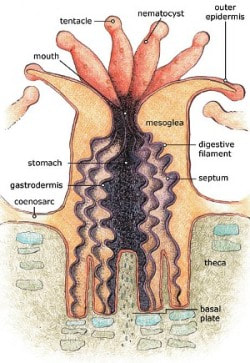
Individual heads grow by asexual reproduction of polyps, but corals also breed sexually by spawning. Polyps of the same species release a specialized reproduction cell [male or female] with half the number of chromosomes. The cells unite to produce a cell which may develop into coral. About 75% of all corals reproduce sexually.
Corals catch fish and plankton using the stinging cells in their tentacles which carry venom, but the largest part of their diet and nutrition is obtained through photosynthetic cells [Symbiodinium]. These corals live in clear, shallow water, at about 200 feet.
Typically, each polyp harbors one species of algae. Via photosynthesis, these provide energy for the coral, and aid in calcification. As much as 30% of the tissue of a polyp may be algal material. Other corals that don't have a symbiotic relationship can live in deeper and colder water, surviving as deep as 9,800 feet, although the Great Barrier Reef does not have that depth.
CORAL IN A WELCOMING ENVIRONMENT
Photos of coral living in the Great Barrier Reef. Coral are incredible. They come in many types and colors. asiNo wonder the Great Barrier Reef and others have become such tourist attractions, attracting divers from all parts of the world.
Although most coral polyps have transparent [clear] bodies and their exoskeletons are white, their vibrant colors are derived from the zooxanthellae [algae] living inside their tissues. There are several million of these organisims producing pigments in one square inch of coral, and these pigments are seen through the clear body of the polyp. The zooxanthellae use photosynthesis to survive. The coral reef itself provides, in addition to safety, the carbon dioxide needed by the organisms for photosynthesis.
https://kids.kiddle.co/Coral marinebio.org/coral-reefs/
There are a number of factors that threaten the continuation of a healthy Great Barrier Reef. Not only tourism, although essentially under control now, but also runoff from the mainland, climate changes, mass coral bleaching, and cyclical population outbreaks of the Crown-of-Thorns starfish. The combination has resulted in a loss of more than half the coral of the reef between 1985 and 2012.
● Tourism
Because The Great Barrier Reef is so beautiful and offers so many activity options, over two million visitors come to see the reef every year. As tourism grows, the concern over protecting the reef grows. The reef suffers from tourists walking on the reef, anchors dragged and dropped on the reef, pollution from boats and humans and, of course, the human propensity for breaking off parts of the reef to take home as a souvenirs.
PhotoSource: www.thetourspecialists.com.au/great-barrier-reef Photo Source: lostinaustralia.org/gallery
A great deal of attention goes to managing the visitors and local activities in a way that doesn't threaten the long-term health of the reefs and the ecosystem. After all, tourism is an important economic activity for the region, generating over 3 billion Australian dollars per year.
● Coral Bleaching
Another major threat to the reef is coral bleaching. When corals are stressed from such things as heat, carbon pollution, or severe cold, they expel the zooxanthellae, their major source of food, leaving a transparent skeleton. Some coral are able to feed themselves, but most starve without the algae.
PhotoSource: www.pbs.org/newshour/global-warming
▼Normal ▼Bleached
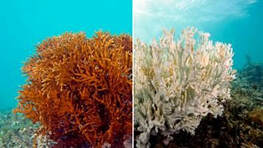
PhotoSource: https://www.marineconservation.org.au/coral-bleaching/ ▼
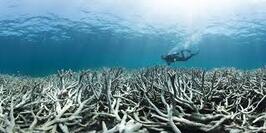
Then it will look like the photo to the right.
Unfortunately, the biggest threats to coral are global warming and carbon pollution in the air caused by the mining and use of coal. Recent reports indicate that coral bleaching is more widespread than believed previously. This is a serious situation, since at least 25% of all marine life depends on coral reefs at one point or another.
Crown Of Thorns Starfish ▼ ImageCredit: . John Hanson/Wikimedia Commons
PhotoSource: www.seychellesnewsagency.com/crown-of-thorns+starfish
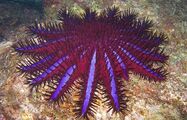
Coral has natural enemies as well as its man-made adversaries. Crown-of-thorns starfish are marine invertebrates that feed on coral. Although they are natural inhabitants of the reef, certain conditions cause the population to expand, and they can wipe out the hard coral communities. Healthy reefs can recover in ten to twenty years, but those reefs already under stress take much longer.
Cyclone damage to GBR ▼ April 2014 - Image: Catlin Seaview Survey
PhotoSource: https://mashable.com/2014/06/19/great-barrier-reef-cyclone/
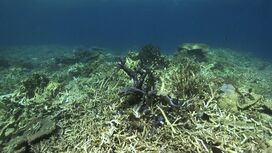
The coral reef’s natural resistance to the effects of weather events has not been able to adapt to the shifting weather patterns resulting from climate change. Harmful weather events [tropical cyclones, wind, and rain] are more intense and more frequent in the last twenty to thirty years and they affect different locations. Such storms do extensive physical damage to the reefs [as seen in the photo] and are considered a major threat.
Cyclones are low-pressure systems that derive their energy from warm tropical oceans — they form when sea-surface temperature is above 26.5°C.
PUT THIS ON YOUR BUCKET LIST TO VISIT
Sources:
http://www.oceanwideimages.com/Large-Image.asp?pID=14154&cID=635&rp=search%252Easp%253Fs%253DFish%2BGreat%2BBarrier%2BRee
https://www.telegraph.co.uk/news/worldnews/australiaandthepacific/australia/8753630/Mass-starvation-of-dugongs-and-turtles-on-Great-Barrier-Reef.html
https://earthnworld.com/climate-change-turning-green-sea-turtles-female-great-barrier-reef/
https://www.worldwildlife.org/stories/australia-s-great-barrier-reef-under-threat
http://www.greatbarrierreef.org/
https://www.nytimes.com/2017/03/22/world/australia/newsletter-issue5-great-barrier-reef.html?_r=0
https://www.barrierreef.org/latest/news/coral-bleaching-update
http://www.gbrmpa.gov.au/about-the-reef/facts-about-the-great-barrier-reef
https://en.wikipedia.org/wiki/Great_Barrier_Reef
https://en.wikipedia.org/wiki/Coral
http://iml.jou.ufl.edu/projects/fall11/clark_j/whatshappening.html
http://www.deepseanews.com/2014/03/amazing-close-up-video-of-great-barrier-reef-animals/
http://news.nationalgeographic.com/news/2008/09/photogalleries/marine-new-species-photos/photo6.html
https://oceanservice.noaa.gov/facts/coral_bleach.html
https://oceanservice.noaa.gov/facts/coral_bleach.html
https://www.marineconservation.org.au/coral-bleaching/
https://www.livescience.com/64647-coral-bleaching.html
https://metro.co.uk/2017/11/07/mysterious-hole-found-in-great-barrier-reef-leads-to-incredible-discovery-7059490/
https://www.treehugger.com/natural-sciences/killer-starfish-eating-up-great-barrier-reef.html
https://coral.org/coral-reefs-101/coral-reef-ecology/coral-polyps/
https://sciencing.com/coral-reefs-come-many-colors-5434662.html
https://www.pbs.org/newshour/science/how-global-warming-is-permanently-reshaping-the-great-barrier-reef
https://www.marineconservation.org.au/coral-bleaching/
https://www.aims.gov.au/docs/research/biodiversity-ecology/threats/cots.html
http://www.gbrmpa.gov.au/our-work/threats-to-the-reef/climate-change/storms-and-cyclones
Photo Sources only:
https://www.changesinlongitude.com/free-things-to-do-in-cairns-australia/
https://www.thetourspecialists.com.au/travel-tips/great-barrier-reef/travel-tips-great-barrier-reef-faqs.313.html
https://www.thetimes.co.uk/article/killer-irukandji-jellyfish-threaten-tourists-at-great-barrier-reef-s0q6ws8x5
https://guardian.ng/news/boy-bitten-by-shark-in-australias-great-barrier-reef/
https://tropicdays.com.au/great-barrier-reef-trip-coral-types/
https://www.tripadvisor.com/VacationRentalReview-g297910-d8831222-Great_Barrier_Reef_Taiwan_Snorkel_tour_at_reef-Taichung.html
https://news.co.cr/fishing-tournament-costa-ricas-south-caribbean-capture-lionfish/66233/lion-fish-2/
https://www.telegraph.co.uk/news/worldnews/australiaandthepacific/australia/8753630/Mass-starvation-of-dugongs-and-turtles-on-Great-Barrier-Reef.html
https://www.australia.com/en/places/cairns-and-surrounds/guide-to-the-great-barrier-reef.html
https://coral.org/coral-reefs-101/coral-reef-ecology/coral-polyps/
https://www.theatlantic.com/science/archive/2019/05/secret-coral-reefs-tiny-fish-excel-dying/590092/
http://www.impactlab.net/2009/07/25/legramazing-satellite-images-of-earths-natural-wonders-from-space/
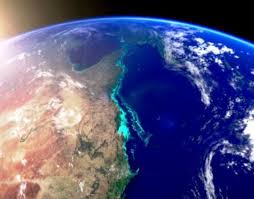
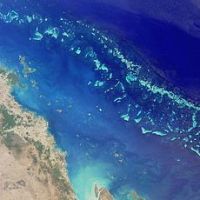
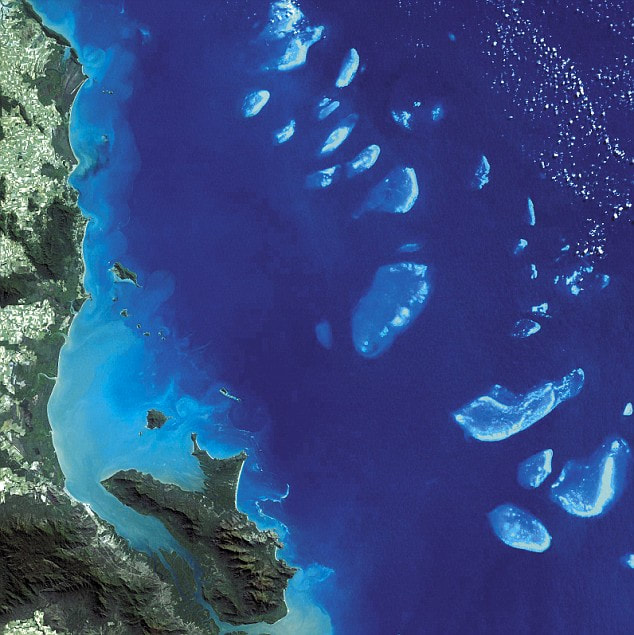
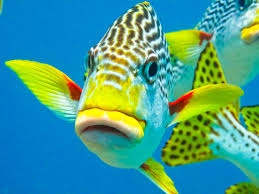
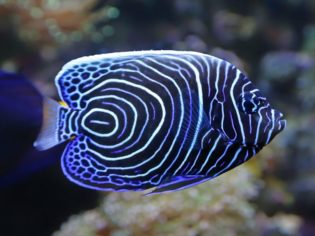
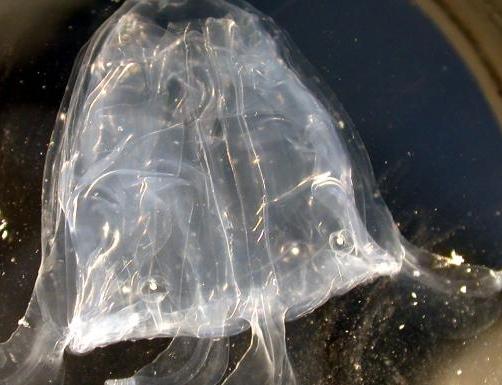
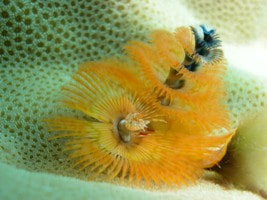
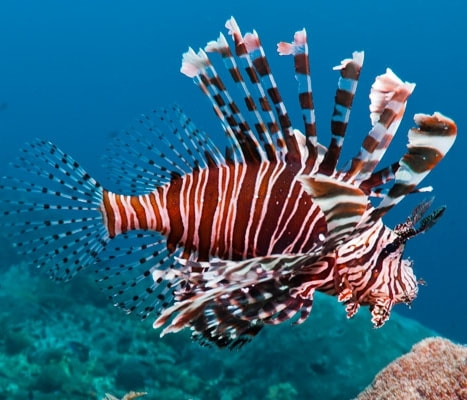
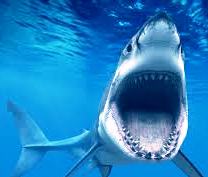
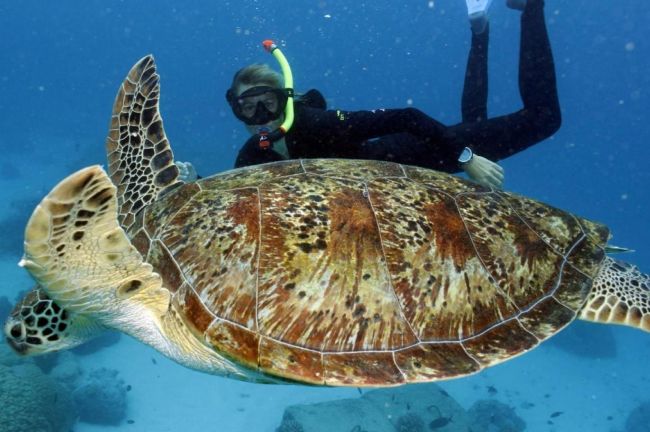
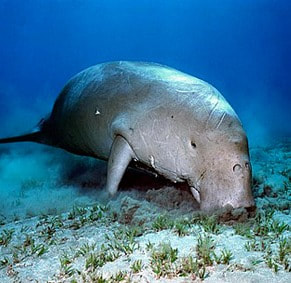
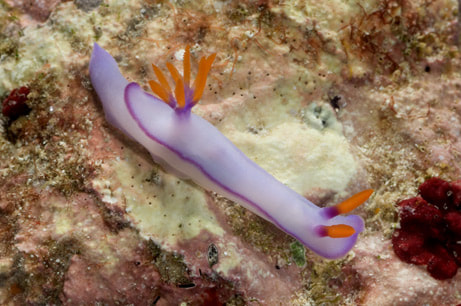
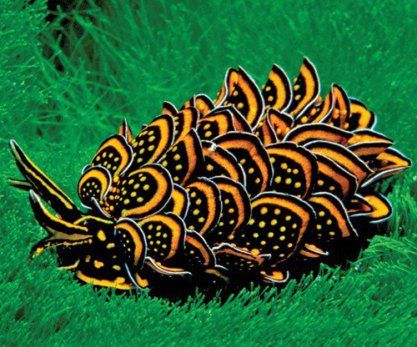
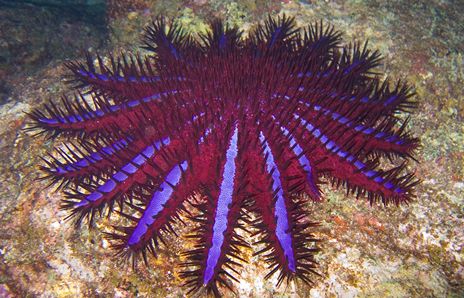
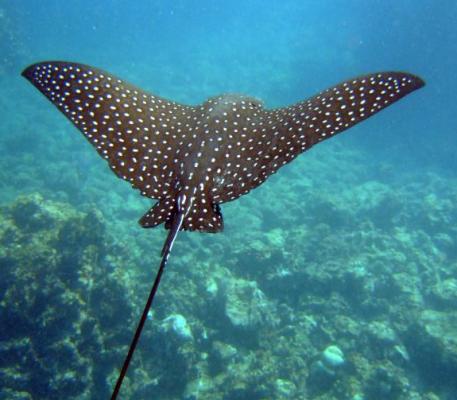
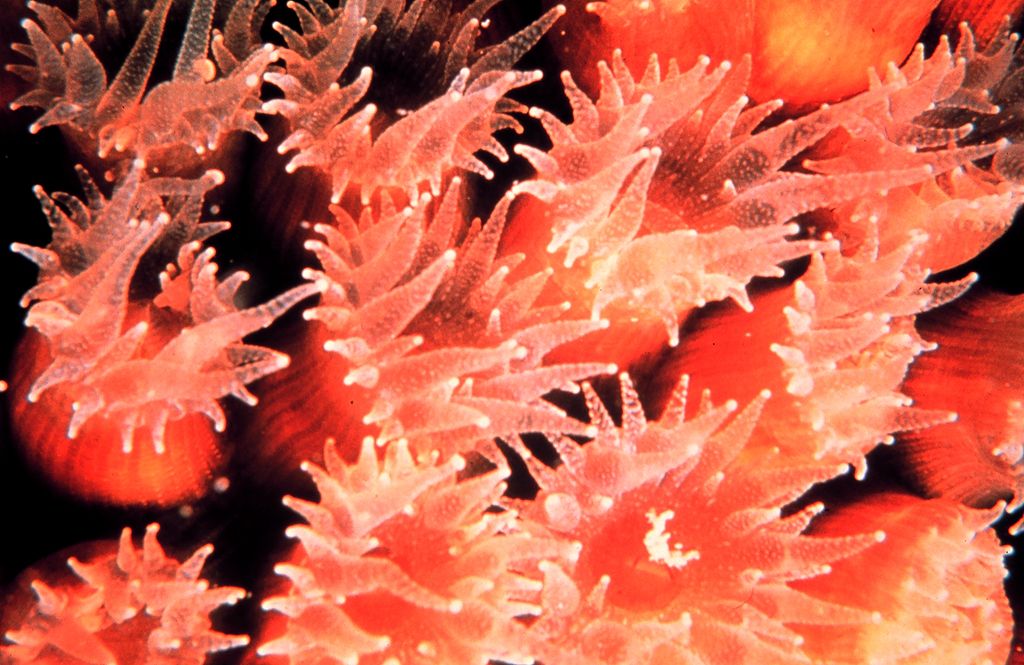
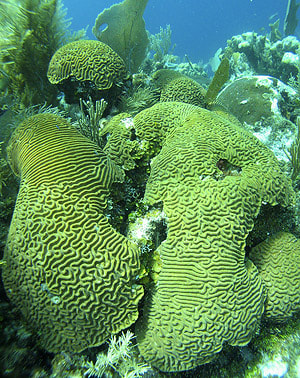
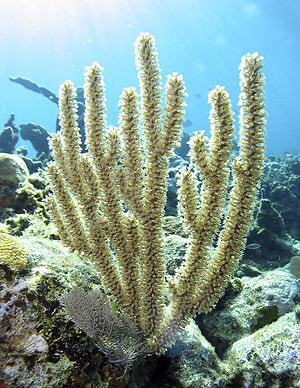

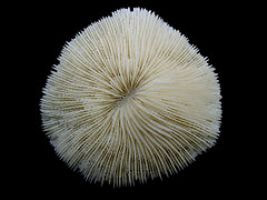
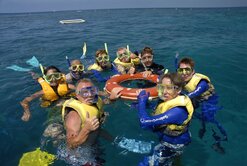
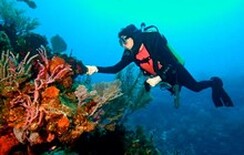
 RSS Feed
RSS Feed